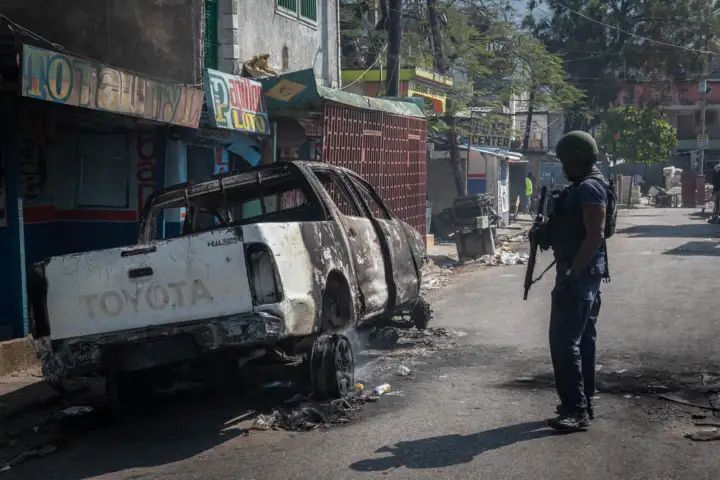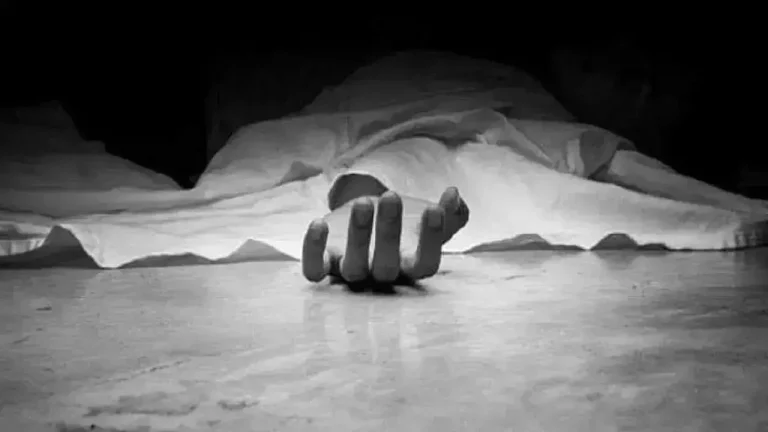Patriarchy robs Pakistani women of right to vote

Azra Bibi (name changed to protect her identity) would like to vote for her favorite candidate in Pakistan’s upcoming general election on Thursday, but her husband has decided against allowing her to exercise her constitutional right to franchise.
A resident of Upper Dir district in Khyber Pakhtunkhwa, Bibi told EFE her husband believes that women in the household – that includes their three daughters and two daughters-in-law – voting would “give a bad image.” Women’s participation in the 2018 election was 44.03 percent compared to 55.97 percent for men, according to the Election Commission of a country that became the first Muslim nation to have a woman prime minister with the election of Benazir Bhutto in 1988.
However, women’s participation in elections has been drastically lower in conservative regions such as parts of Khyber Pakhtunkhwa and Punjab. “He told us not to go out on election day, because he thinks it would be an insult to him if we went to the polling station surrounded by so many men,” Azra Bibi said.
Electoral data from previous elections show that this societal ban affects many women in the region: in Upper Dir, 68.51 percent of men voted compared to 31.49 percent of women. Moreover, there is a wide gap between men and women when it comes to the number of registered voters, with males making up 60 percent of the number.
Other areas of the same region have even lower voting percentages for women. In Shangla, less than 10 percent of registered women exercised their right to vote in 2018, compared to 90 percent of men. Moreover, in many of the cases where women do go out to vote, they are forced to vote for candidates decided by their male family members.
“We don’t know who we’re going to vote for (…) It is the men who decide who the women are going to vote for,” Shagufta Elahi, from a rural area in the town of Jalalpur Pirwala in Punjab province, told EFE. The situation is compounded by the low literacy rate among women.
According to the 2020-21 Pakistan Labour Force Survey, 51.9 percent of women in the country could read and write compared to 73.4 percent of men. The situation is worse in the rural areas. “On voting day, they (the men) collect our identity cards and stamp the ballots on our behalf,” explained Elahi, who like millions of Pakistanis can only recognize parties by their election symbols.
In the case of the mountainous region of Kohistan, home to some 800,000 people, besides the pressure imposed by the men of the household, there is an order issued by some 30 clerics affiliated with the Jamiat-e-Ulema Islam (F) party on electoral conduct.
Last month, the clerics decided that it was un-Islamic for women to participate in election campaigns, although the claim was quickly rejected by the Election Commission of Pakistan as well as the country’s National Commission on the Status of Women.





